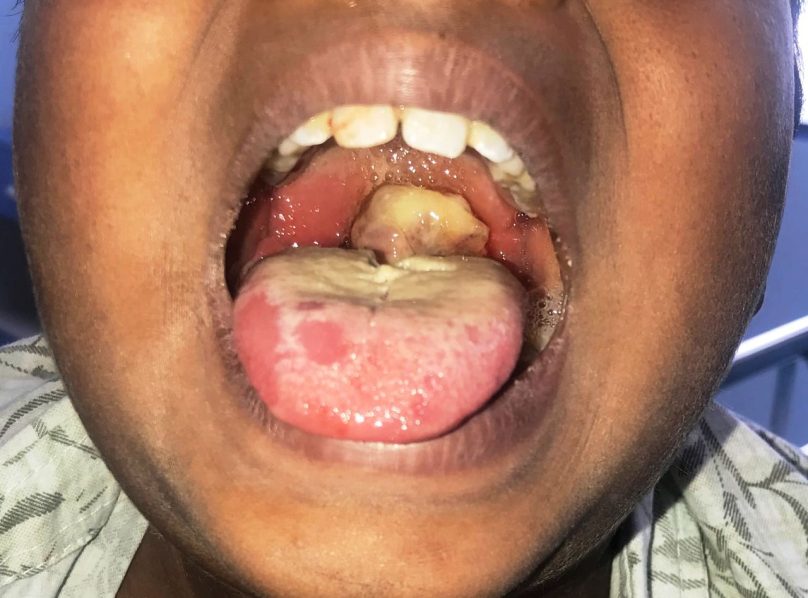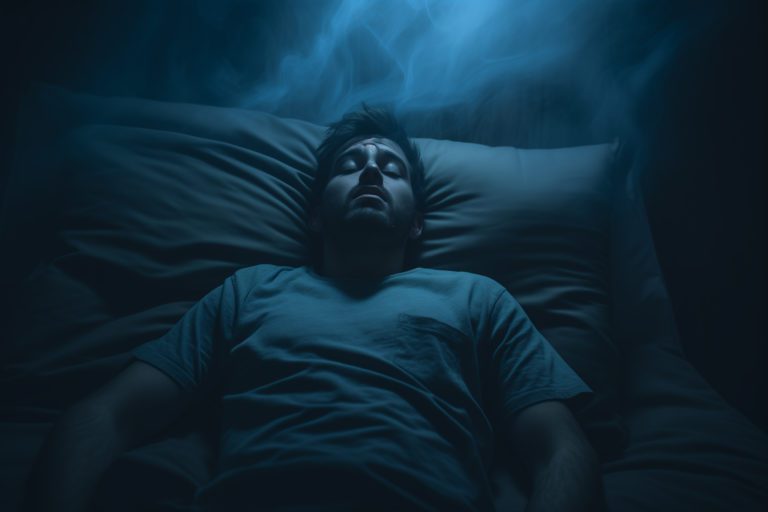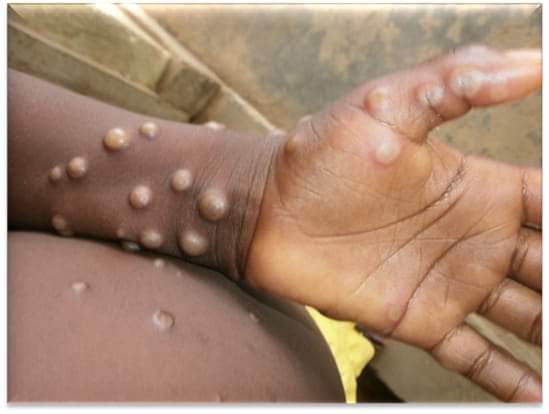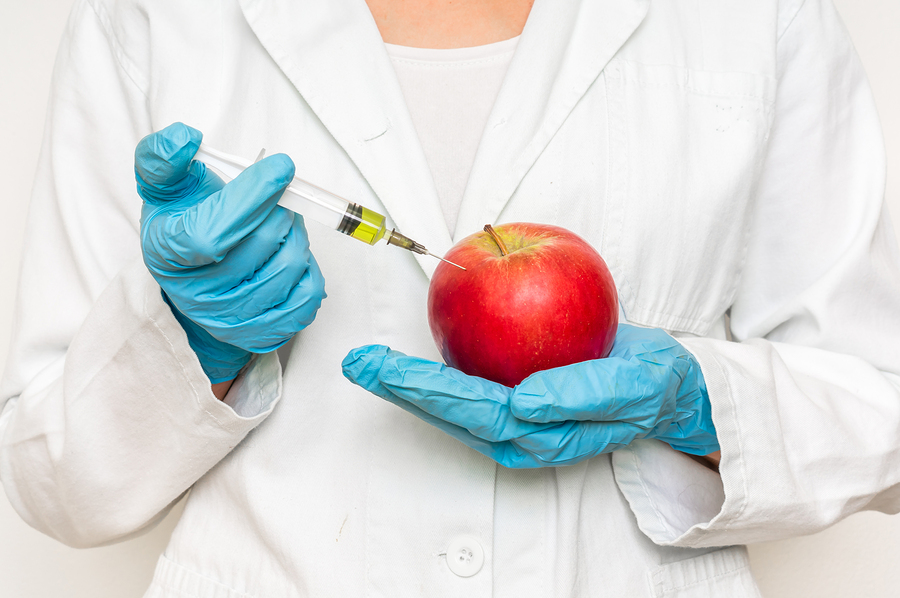DIPHTHERIA: All You Need to Know About the Infectious Disease

Did you know that when the toxin produced by strains of bacteria called 'Corynebacterium diphtheriae' gets into the blood stream, it can cause heart, nerve, and kidney damage?
With the 2023 outbreak of the deadly Diphtheria in Nigeria, which claimed the life of a four-year-old boy in Abuja out of eight reported cases by June 2023, here are some facts you need to know about the infectious disease and how to prevent yourself and family members from being infected.
Diphtheria is a serious infection caused by strains of bacteria called Corynebacterium diphtheriae that make a toxin that can cause people to get very sick. The bacteria spread from person to person, usually through respiratory droplets, like from coughing or sneezing. People can also get sick from touching infected open sores or ulcers. Those at increased risk of getting sick include: people in the same household; people with a history of frequent, close contact with the patient; people directly exposed to secretions from the suspected infection site (e.g., mouth, skin) of the patient.
◼️ Signs & Symptoms
Diphtheria can infect the respiratory tract (parts of the body involved in breathing) and skin. Symptoms depend on the body part that is affected. People who are exposed to diphtheria usually start having symptoms in 2–5 days if they get sick. If a doctor thinks you have respiratory diphtheria, they will administer treatment on you right away.
Also, the bacteria most commonly infect the respiratory system, which includes parts of the body involved in breathing. When the bacteria get into and attach to the lining of the respiratory system, it can cause weakness, sore throat, mild fever, and swollen glands in the neck. It make a toxin that kills healthy tissues in the respiratory system. Within two to three days, the dead tissue forms a thick, gray coating that can build up in the throat or nose. Medical experts call this thick, gray coating a “pseudomembrane.” It can cover tissues in the nose, tonsils, voice box, and throat, making it very hard to breathe and swallow. If the toxin gets into the blood stream, it can cause heart, nerve, and kidney damage.
The bacteria can also infect the skin, causing open sores or ulcers. However, diphtheria skin infections rarely result in severe disease.
◼️ Prevention
Keeping up to date with recommended vaccines is the best protection against diphtheria. In the United States, there are four vaccines used to prevent diphtheria: DTaP, Tdap, DT, and Td. Each of these vaccines prevents diphtheria and tetanus; DTaP and Tdap also help prevent pertussis (whooping cough). It is also recommended that close contacts of someone with diphtheria receive antibiotics to prevent them from getting sick. Experts call this prophylaxis (pro-fuh-lak-sis). In addition to getting antibiotics, close contacts of someone with diphtheria should be monitored for possible illness for 7 to 10 days from the time they were last exposed, tested for diphtheria with a sample collected from the nose and throat, given a diphtheria booster shot if they are not up to date with their vaccines.
◼️ Diagnosis, Treatment, & Complications
Doctors usually decide if a person has diphtheria by looking for common signs and symptoms. They can swab the back of the throat or nose and test it for the bacteria that cause diphtheria. A doctor can also take a sample from an open sore or ulcer and try and grow the bacteria. If the bacteria grow and make the diphtheria toxin, the doctor can be sure a patient has diphtheria. However, it takes time to grow the bacteria, so it is important to start treatment right away if a doctor suspects respiratory diphtheria.
Treatment include using diphtheria antitoxin to stop the bacteria toxin from damaging the body. This treatment is very important for respiratory diphtheria infections, but it is rarely used for diphtheria skin infections. Using antibiotics to kill and get rid of the bacteria is another option. This is important for diphtheria infections in the respiratory system and on the skin and other parts of the body (e.g., eyes, blood).
People with diphtheria are usually no longer able to infect others 48 hours after they begin taking antibiotics. However, it is important to finish taking the full course of antibiotics to make sure the bacteria are completely removed from the body. After the patient finishes the full treatment, the doctor will run tests to make sure the bacteria are not in the patient’s body anymore.
◼️ Complications
Complications from respiratory diphtheria may include: airway blockage, myocarditis (damage to the heart muscle), polyneuropathy (nerve damage), and kidney failure. For some people, respiratory diphtheria can lead to death. Even with treatment, about 1 in 10 patients with respiratory diphtheria die. Without treatment, up to half of patients can die from the disease.
Source: CDC
#penglobalhealth #diphtheria



